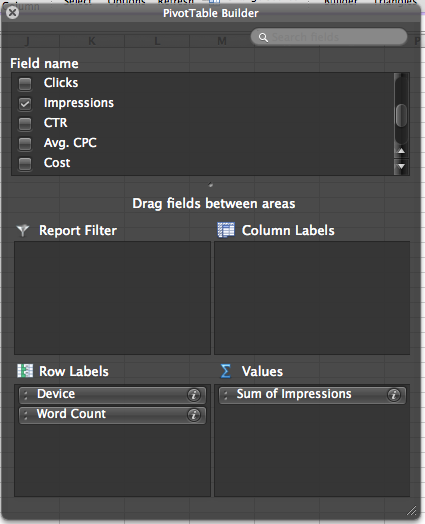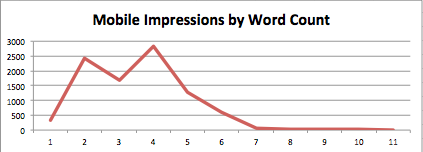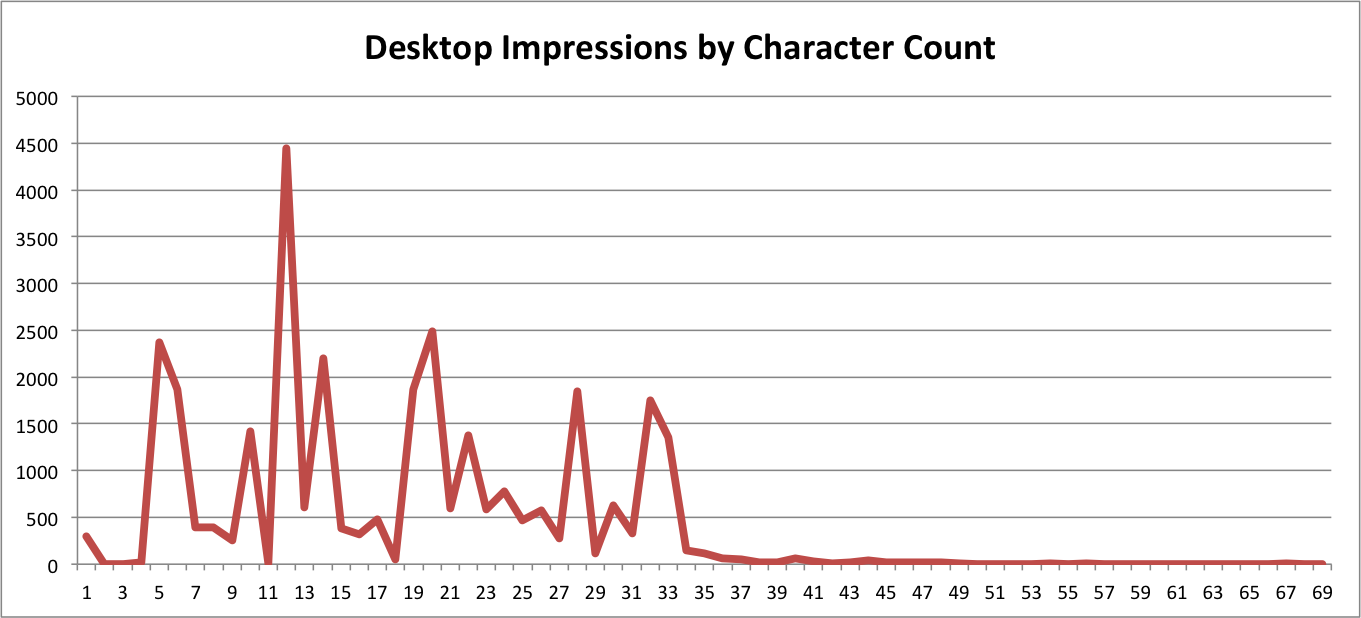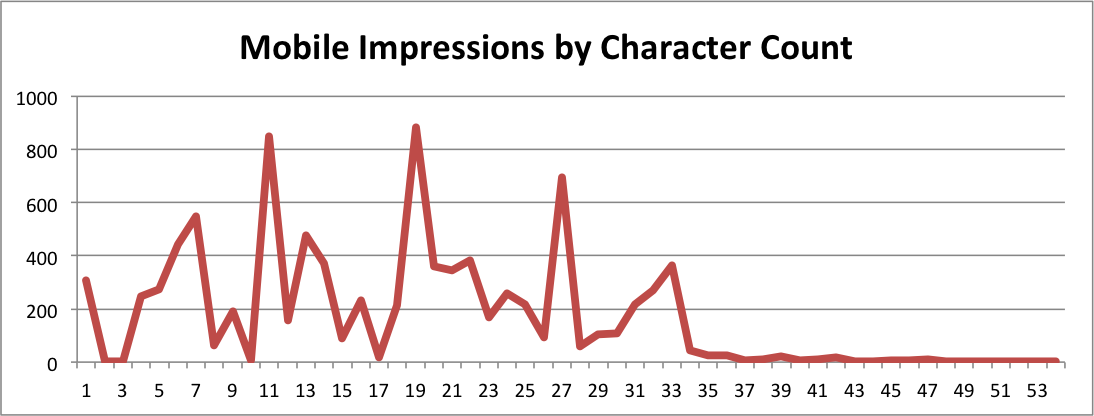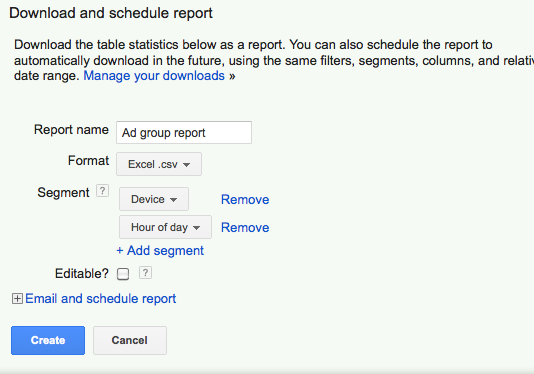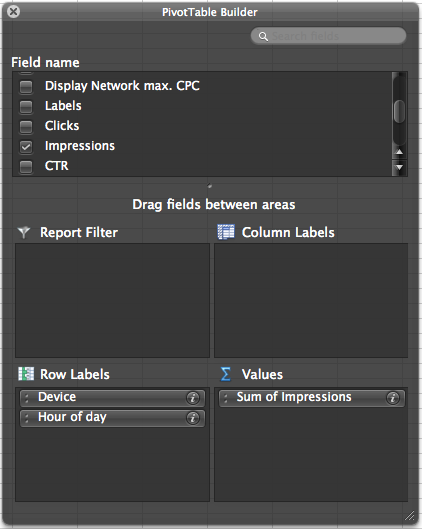For this month’s series on PPC Hero, we’re taking a look back through our archives and revisiting some ideas we’ve talked about in the past and how the past year or more has changed our thinking about them. Things are always changing in PPC, and our views and opinions about it are no exception.
Just over one year ago I wrote a post entitled You’re Closer to Being Mobile-Traffic-Ready Than You Think and boy oh boy have things changed since then. The biggest and clearest differences involve enhanced campaigns, and in addition to those I have also come to learn that mobile traffic is different in a lot of ways that simple conversion rate doesn’t cover.
While it may be true that your conversion rates can be comparable or even better on mobile than they are on desktop, it doesn’t mean that you’re dominating the mobile market. There are a few extra steps to keep in mind when you’re either transitioning to enhanced or optimizing those campaigns that have already been enhanced.
1. Look to the queries, Elaine. (Qualitatively)
You know this, but queries are important. Recognize the value in them and look for anecdotal differences between desklets and mobile.
One of the case studies that I used as an example in my initial post had a great conversion rate, but nothing happened with the leads that came in (something I found out about only one full sales cycle after the post went up). They weren’t turning into any money for my client. I brought the issue up with my client, and explained to him the type of queries that were coming in on our mobile traffic. There was one word that pretty much solved the case. I didn’t know what it connoted, as I didn’t have the industry experience, but my client spotted it right away. The one word disqualified our traffic almost immediately and we excluded it moving forward. Up until then, though, that mobile conversion rate had us fooled good.
Read through your queries and keep an eye out for indicators that someone isn’t going to end up as a customer of yours. Look for the subtle gradations of meaning that only you would know.
2. Look to the queries, Elaine. (Quantitatively)
A very cool feature contained within a simple search term report is the ability to segment by device. So if your mobile/desklet traffic is already merged into one campaign of the future (i.e. enhanced), you still maintain visibility into how your traffic is coming in (which is much appreciated). And if your campaigns are not yet enhanced, just download a report for both mobile and desktop versions and get a sense of how long your queries are across devices.
We’ve run the analysis in the past and there are generally smaller differences than mobile users and their fat thumbs would suggest. But that doesn’t mean that your campaigns are behaving the same exact way as ours.
Here are the steps you’ll need to take:
- Download search term report.
- Insert column next to the “Search term” column labeled “Word Count.”
- Insert column next to the “Word Count” column labeled “Character Count.”
- Insert this formula to count the number of words in your queries into the “Word Count” column, replacing A1 in the formula with whatever cell your query is in:
=IF(LEN(TRIM(A1))=0,0,LEN(TRIM(A1))-LEN(SUBSTITUTE(A1," ",""))+1)
- Insert this formula into your “Character Count” cell to count the number of characters in your query, again replacing A1 with whatever cell your query is in (mine’s usually in D3, but yours could be different):
=LEN(A1) {Isn’t that one much simpler?}
Once you have your data populated, it’s time to pivot table (which is something that I say all the time).
You can then build a line chart off of that data to see how your traffic is coming in. Here’s an example of what one of our accounts looks like.
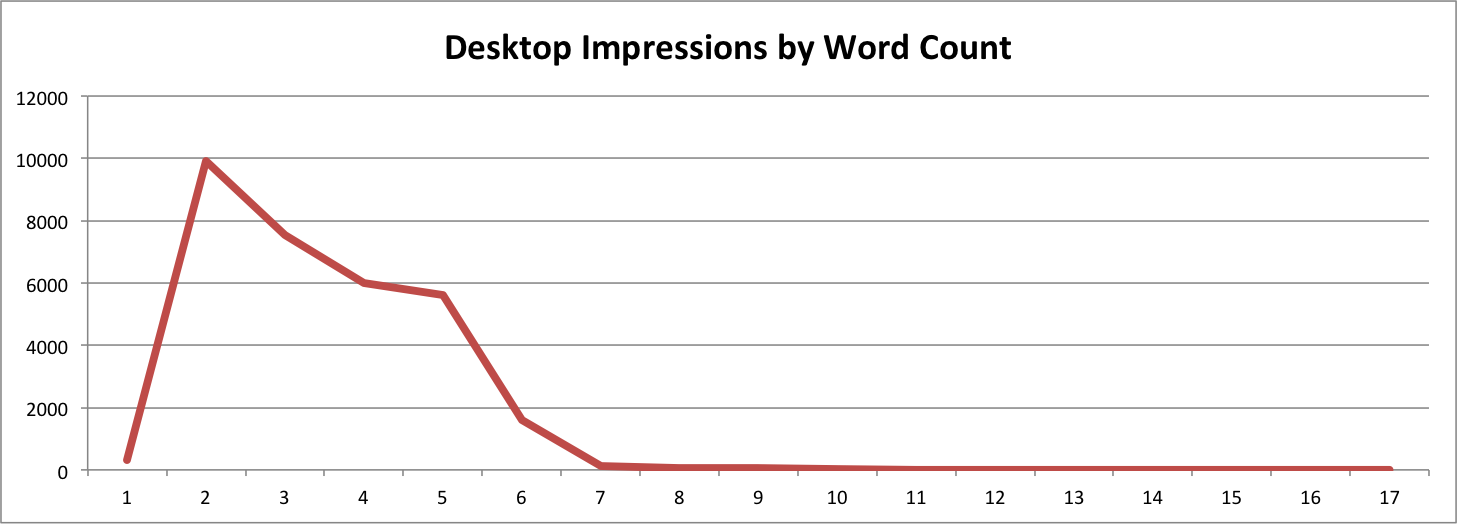
The next step is to create the same stuff, only swapping out word count and throwing character count into your pivot table builder. This is basically a cautionary step to ensure that your mobile traffic isn’t full of dummies using “ur” in place of “your” for all of their searches.
If you see the same trends across words and character counts, then you can assume that you are getting queries from people that type out full words. If you’re getting more relative mobile words than characters, then it’s possible your target audience isn’t using proper grammar. Maybe you should consider using crazy Internet speak in your ads! (Please don’t do that, just for the principle of the matter. If anything, recognize that you probably have an audience that likes things to be as efficient as possible and maybe reflect that on your landing pages.)
Prepare yourself, as the results can be a bit strange. Eric talked about this stuff on his sweet article from back in May, but the specific analysis I’m talking about is going to show you performance across devices. It should let you know where you can expect your mobile traffic to cluster within your newly enhanced campaigns.
You may find (like we did) that mobile and desktop are pretty close, which means you don’t have a ton of extra work to do. You may, on the other hand, find that mobile users only search shorter terms in your account. If that’s the case, pay particular attention to your shorter-keyword-heavy ad groups when applying mobile optimizations, as that’s where you should see your biggest results.
3. Look at time of day for your devices.
We’ve all probably heard at some point or another that mobile devices are used more often at night than desktop devices. But how does that affect your account?
You can download either an ad group or a campaign report to find out just how much this expected behavior is actually happening to you. All you have to do is double segment your data.
Then all you have to do is put that information into a pivot table (I told you I say that a lot {which longtime readers probably know [I apologize for being repetitive when I talk about how repetitive I am]}).
As before, chart this information so it’s easier to digest.
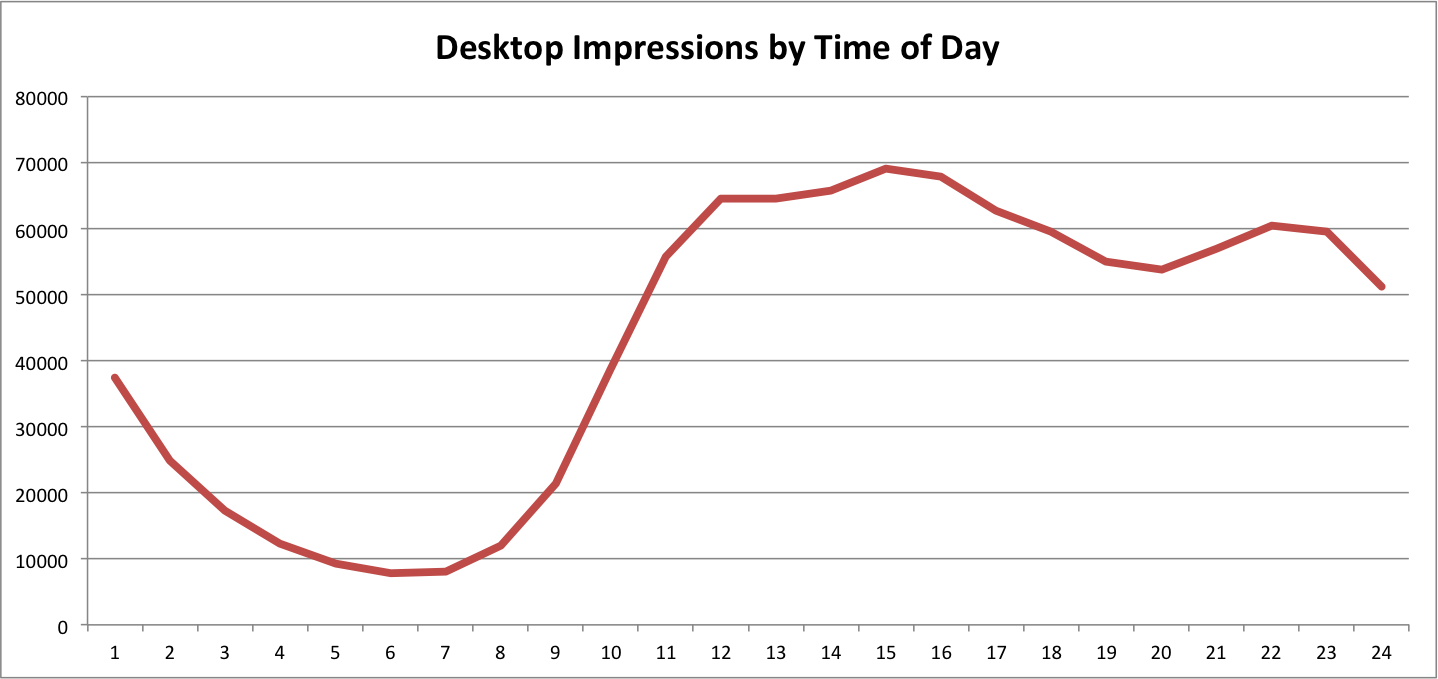
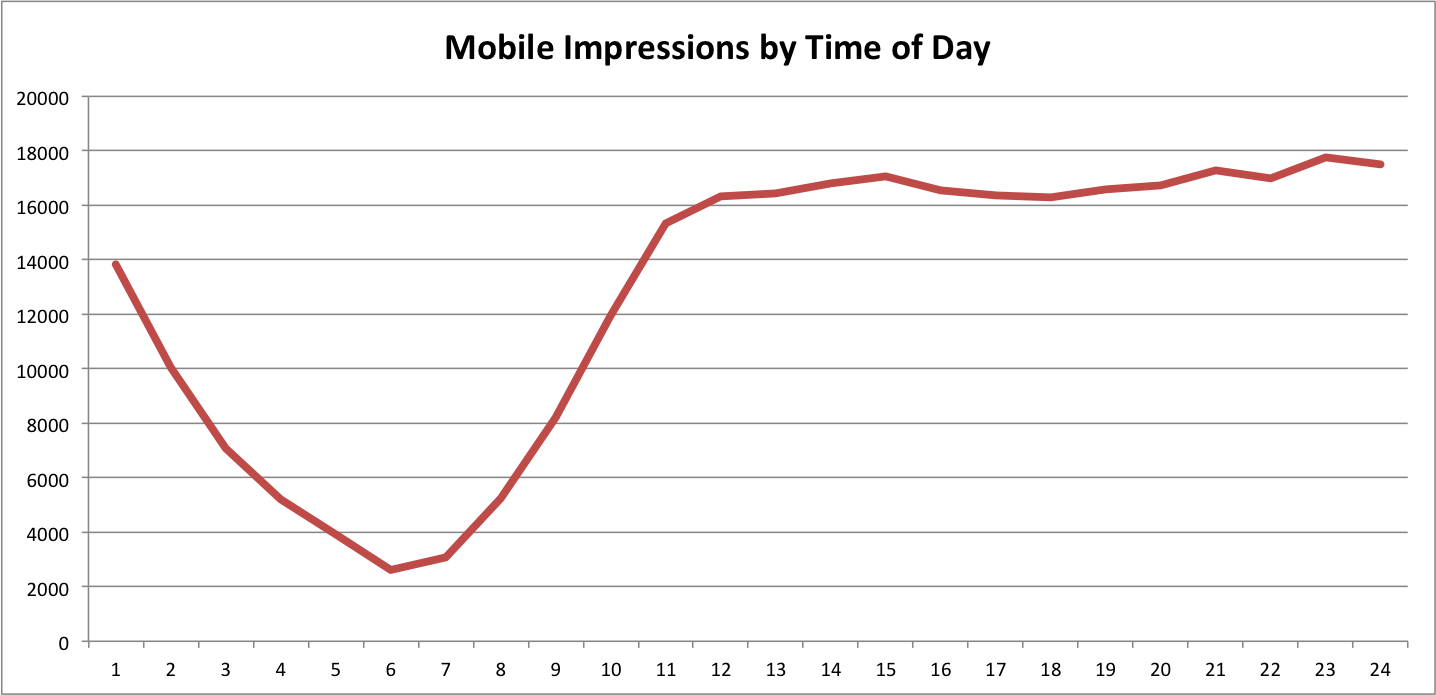
(An added benefit of building a chart off of a pivot table is that your chart will update whenever you swap in a new value in your pivot table. You can use this setup to see conversions by time of day or CPL by time of day or CTR by time of day. There’s lot of fun to be had.)
From the stuff that I’ve looked at, the expected behavior holds up. Mobile performance ramps up at it gets later into the day. But what are we to do with that? We can only set bid adjustments by time of day at the campaign level, and now that mobile is going to be in the same campaign with desktop, we’re missing an opportunity to optimize. (But then again, fewer bid modifiers is probably a good thing.)
While we all adjust into the new normal that is enhanced campaigns, this is just another thing to keep in mind. When looking at dayparting, know that the stuff toward the end of each day is going to be more heavily weighted toward mobile (on average) and include that when you’re aligning your bid adjustments. The numbers may tell you that there’s an opportunity to get really aggressive at the end of the day, but if those are mobile conversions you’re ramping yourself up to get make sure it’s worth it.
In the past year I’ve learned that not all conversions are made equal, particularly when it comes to different devices. Capitalizing on mobile traffic means going a few steps further to get into the mentality of a mobile searcher in regards to your specific product. They may not be searching on simpler terms than desktops, but they’re doing it for slightly different reasons at slightly different times of day. It’s just one more thing to keep your arms around as you optimize in a new, enhanced world.



